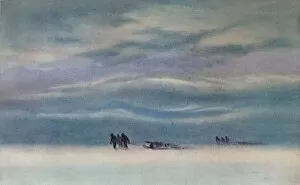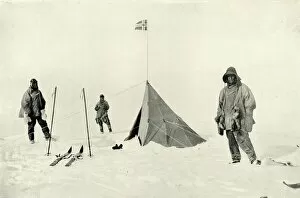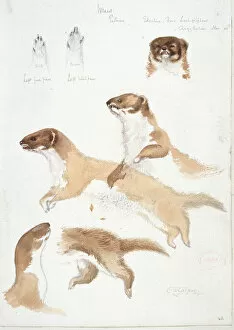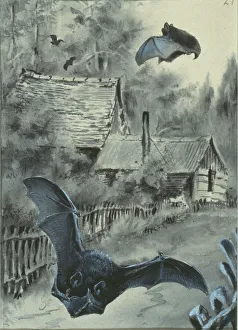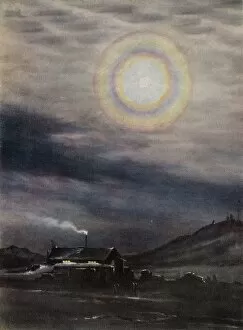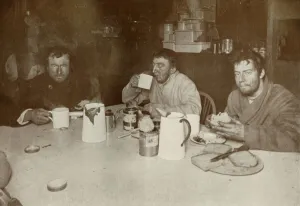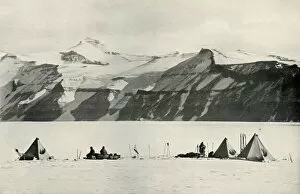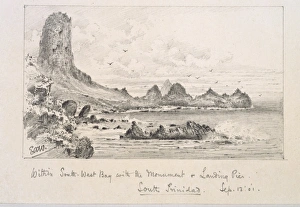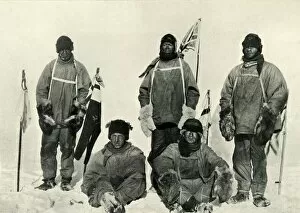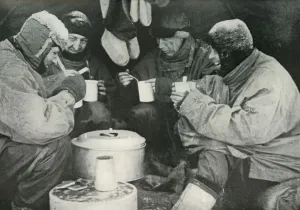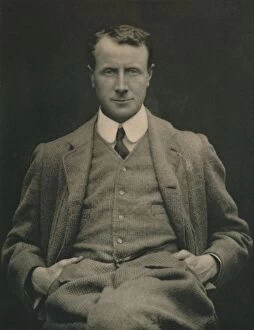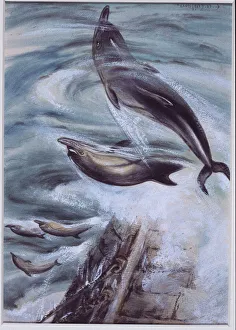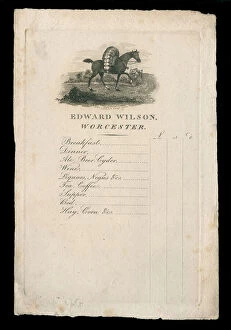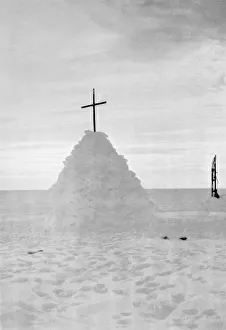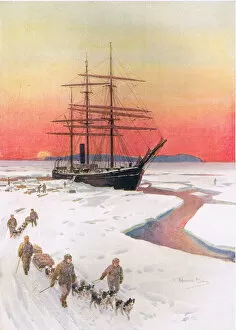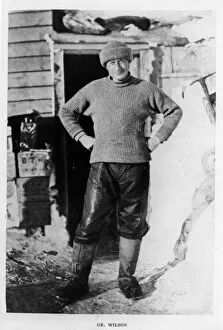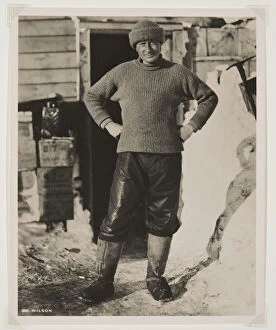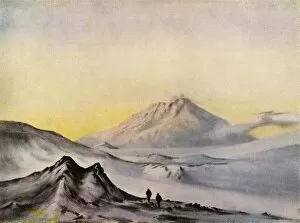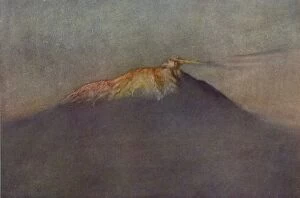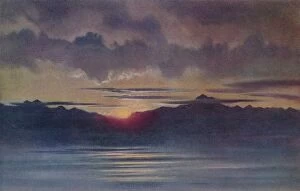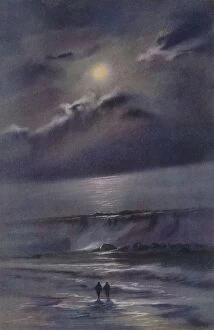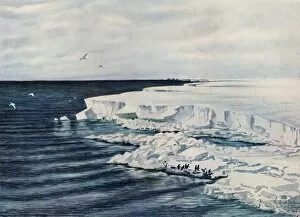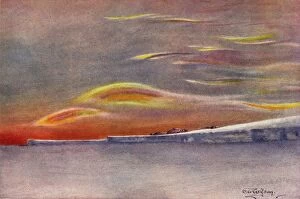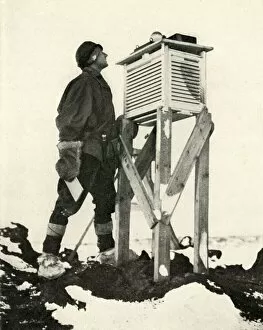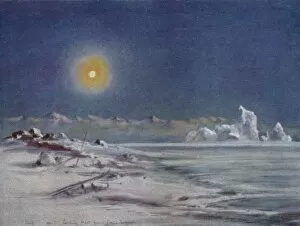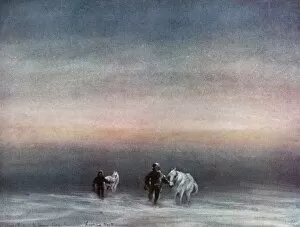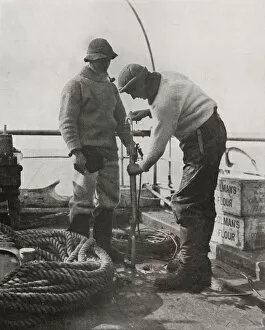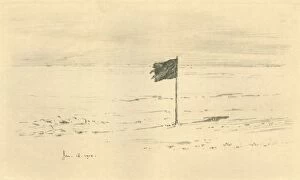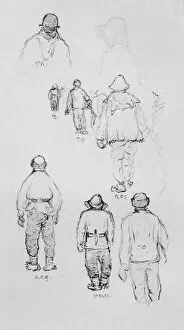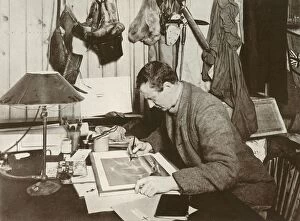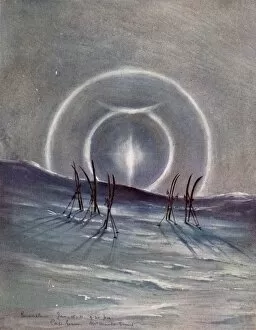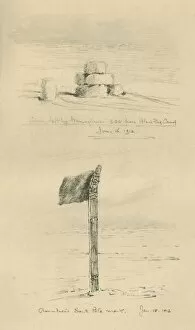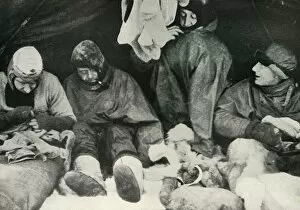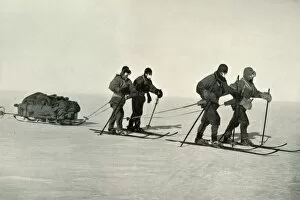Edward Wilson Collection
Edward Wilson: A Talented Artist and Adventurer Edward Wilson, a remarkable individual known for his artistic skills and adventurous spirit
All Professionally Made to Order for Quick Shipping
Edward Wilson: A Talented Artist and Adventurer Edward Wilson, a remarkable individual known for his artistic skills and adventurous spirit, played a significant role in the exploration of Antarctica during the early 20th century. Born in 1872, he joined Robert Falcon Scott's Terra Nova Expedition to the South Pole in 1910 as both a scientist and an artist. One of Wilson's notable contributions was capturing the essence of Antarctic expeditions through his stunning artwork. His sketches depicted scenes such as sledging adventures amidst vast icy landscapes. In one piece titled "Sledging, 1911, " we see brave explorers battling harsh conditions while pulling their sledges across treacherous terrain. Another captivating artwork by Wilson is "Amundsen's Tent at the South Pole, January 1912. " This painting showcases Roald Amundsen's successful arrival at the South Pole before Scott's team. It was created by Henry Bowers but reflects Wilson's influence on documenting historical events through art. Wilson had a keen interest in wildlife too. He studied various species found in Antarctica, including Mustela nivalis (least weasel) and Pipistrellus pipistrellus (common pipistrelle). Through detailed illustrations, he brought these creatures to life on paper with great accuracy and precision. During their return from Cape Crozier on August 1st, 1911, Wilson accompanied Bowers and Cherry-Garrard—a moment captured beautifully in another artwork. The painting portrays their triumphant journey back to camp after enduring extreme weather conditions and challenging circumstances. In December that same year, under what they called "The Wild Range, " Edward Wilson set up camp alongside fellow explorers like Robert Falcon Scott. This scene is immortalized by artist Robert Falcon Scott himself who managed to convey both the beauty and isolation experienced during those months spent exploring uncharted territories.

